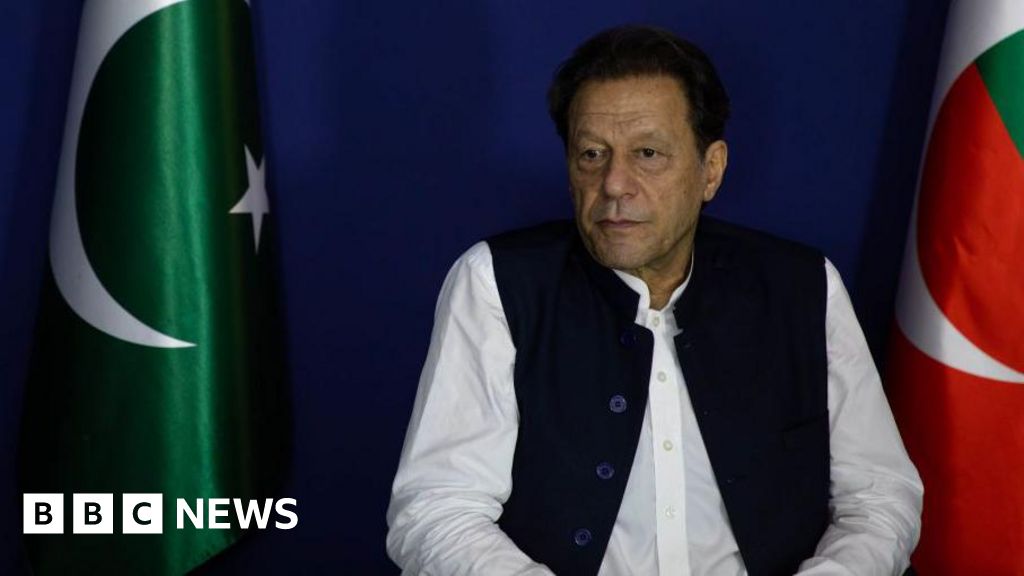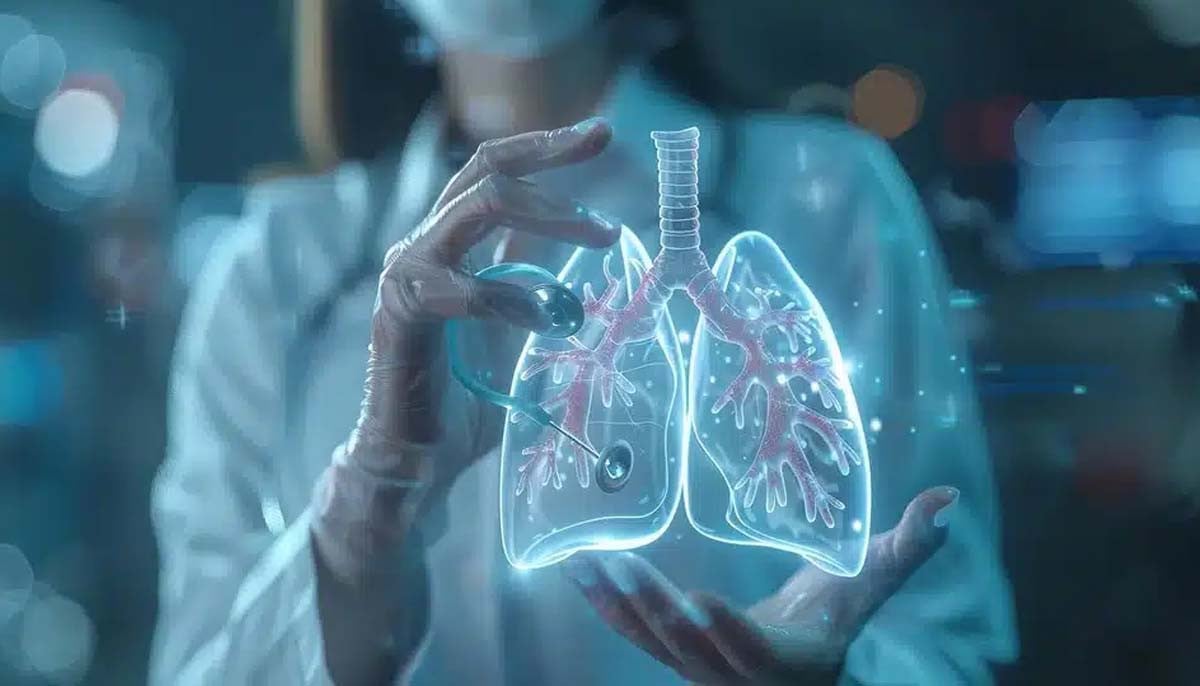Former Pakistan Prime Minister Imran Khan and his wife Bushra Bibi have been sentenced to further jail terms following a fraud case involving state gifts.
They were convicted of breaking Pakistan’s rules on gifts after Bibi was given a luxury…

Former Pakistan Prime Minister Imran Khan and his wife Bushra Bibi have been sentenced to further jail terms following a fraud case involving state gifts.
They were convicted of breaking Pakistan’s rules on gifts after Bibi was given a luxury…
Pakistan army soldiers stand at a tunnel where the Jaffar Express train was attacked by separatist militants, in Bolan, Balochistan in March 2025.
| Photo Credit: Reuters
…

Measles outbreaks that surged across the United States in 2025 show little signs of slowing and are…

Both the actor and the rapper were in similar outfits, wearing hoodies and bandanas with the faces barely showing: just like EsDeeKid. The clip was shot in a convenience store as the duo danced and rapped to the track.
Timothée Chalamet…

LOS ANGELES, Dec. 17, 2025 /PRNewswire/ — RayNeo announced the December 17 global launch of its flagship RayNeo X3 Pro AR glasses—recently honored by TIME Magazine in its list of “Best Inventions of 2025.” With built-in…
A new and highly deceptive WhatsApp scam is catching users off guard by exploiting a feature many barely think about: device linking. Dubbed GhostPairing by cybersecurity researchers, the scam allows attackers to quietly take control of a victim’s WhatsApp account without hacking passwords, stealing SIM cards, or intercepting OTPs.
Instead of breaking WhatsApp’s security, GhostPairing relies entirely on social engineering. Victims are tricked into approving the attacker’s device themselves, making the attack both effective and difficult to detect.
The scam usually begins with a message that appears to come from a trusted contact. It could say something harmless like, “Hey, is this you in this photo?” or “I just found your picture.” The message includes a link that shows a familiar-looking preview inside WhatsApp, often resembling a Facebook photo or post.
Once clicked, the link opens a fake webpage designed to look legitimate. The page asks the user to “verify” their identity before viewing the content. In reality, this step initiates WhatsApp’s official device-linking flow. Users are prompted to enter their phone number, after which WhatsApp generates a numeric pairing code.
The fake page then instructs the user to enter this code inside WhatsApp, presenting it as a routine security or verification step. By doing so, the victim unknowingly links the attacker’s device to their account.
From that moment, the attacker gains full WhatsApp Web-style access. They can read chats, download media, send messages, and receive new conversations in real time. Crucially, the victim’s WhatsApp continues to work normally on their phone, which means many users do not realise they have been compromised.
Cybersecurity researchers say GhostPairing is especially dangerous because it spreads through trust. Once an account is compromised, attackers use it to send the same malicious links to the victim’s contacts and group chats. Messages coming from known people are far more likely to be clicked, allowing the scam to propagate quickly without mass spam or obvious red flags.
The attack was first observed in parts of Europe, but experts warn that there is nothing region-specific about it. Any WhatsApp user could be targeted.
What makes GhostPairing particularly concerning is that it does not exploit a software vulnerability or weaken encryption. The scam uses WhatsApp’s device-linking feature exactly as intended, but manipulates users into approving access under false pretences. Linked devices remain active until manually removed, meaning attackers can retain access indefinitely if the user does not check their settings.
Staying safe from GhostPairing requires awareness rather than technical fixes. Users should regularly check WhatsApp’s Linked Devices section and remove any unfamiliar sessions. Any request to enter pairing codes, scan QR codes, or “verify” accounts through external websites should be treated with suspicion.
Enabling two-step verification adds another layer of protection, and unexpected messages, even from known contacts, should always be verified before clicking links.
Cybersecurity experts warn that scams like GhostPairing highlight a growing shift in digital threats, where attackers focus less on breaking systems and more on exploiting human trust.

Lung cancer tumours have been discovered to “feed” off sugar, according to a new study…

Supermassive black holes have been found at the center of almost every galaxy, sucking up anything unlucky to fall into its maw — including light itself — through unfathomable gravitational forces.
Even at the center of our own galaxy,…